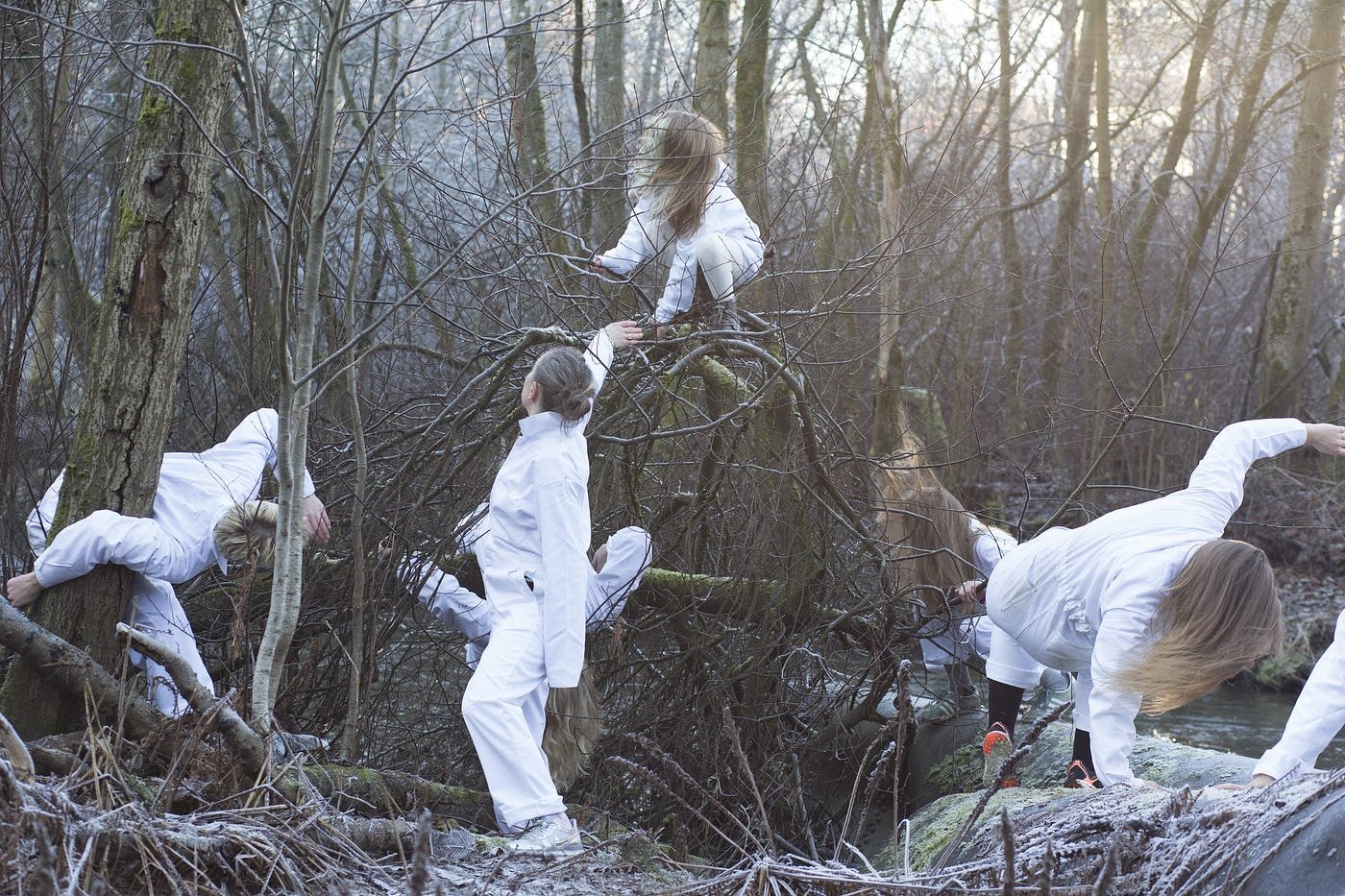
The staff matters most to a successful creative spaces, not the equipment.
An inadequate budget for staffing is one of the most common oversights when planning or running a creative space. I have served on countless creative space committees with an “if we build it (and fill it with tools), they will come” mentality, often focusing solely on opening day without considering long-term sustainability.
Institutions must allocate sufficient funds for both start-up costs and a multi-year runway to support front-line staff if they wish to establish an inclusive creative space and a safe ecosystem that fosters a healthy creative culture.
Additionally, creative space staff should be dedicated to the space and not burdened with dual roles. In educational settings, creative spaces are often managed by a faculty member or librarian who is already responsible for other duties. This staffing model needs to be reevaluated. While the equipment may stay operational at best, a vibrant culture will fail to develop.
While the rationale of being efficient and saving money is understandable, in most cases, where someone takes on the creative space tech role in addition to a full plate of responsibilities, the creative space will not run smoothly. Common problems in creative spaces without a dedicated shop tech include the disorganization of tools and materials, broken or unsafe equipment, and consumables that run out and are never reordered. A creative space run in this way, especially a new creative space hoping to gain traction among its community, will constantly disappoint, increasing the likelihood of failure.
If hiring a full-time employee is not feasible, I advise creative spaces to hire a part-time student or local community member. Someone with dedicated time, set hours, and a small salary ensures that the creative space remains welcoming and in good working order, which facilitates success for all stakeholders.
The vast majority (60-70%) of a creative space’s operating costs should go toward staff salaries. The short-sightedness of focusing on building the creative space often leads to neglecting the foresight necessary to design the organizational structure and staffing plan that will ensure its long-term success.
Of course, much depends on the number of stakeholders, square footage, equipment, and strategic goals. The following suggestions provide a foundation to consider when designing the staffing structure for a creative space organization.
If your new creative space is below 2000 sq/ft, ideally, it will open its doors with two dedicated staff — a manager and a shop technician. The manager focuses on vision, budgets, staffing, outreach, etc. While the cornerstone of a safe and functioning prototyping facility, the shop tech’s job includes equipment operations, tool safety, equipment training, maintenance, and fabrication assistance.
Creative space committee members write those job positions down as a non-negotiable budget line!
If we scale up to a 3000–5000 sq/ft creative space that contains 1 - 3 shops, your organization will likely require, at minimum, three staff members:
One Manager
One full-time dedicated shop tech
One hybrid admin/marketing person
For creative spaces, 5000 to 10000+ sq/ft that contain 3 – 6+ shops, serving a wide range of stakeholders, essential staffing could look like this:
Executive Director:
Report to senior staff / steering and vision / managing staff, budget, and operations
Equitable Safety Officer:
DEI and Physical safety solutions / unite stakeholders / solve social opportunities / external partnerships
Creative Community Director:
Transdisciplinary teaching/learning development / creative direction / Internal and external Community organizer
Operations Manager:
Shop techs report / student staffing & management / maintains consumables and inventory
Program Coordinator:
Bookkeeping/booking + scheduling/data analysis/operations assessor / maintains automated systems
Specialists:
Safety + awareness/equipment instruction + maintenance/technology support/stakeholder management
Student workforce:
Top academic, creative spaces depend on robust student co-leadership/co-ownership to deliver value and achieve scale. A makerspace student workforce is an interdisciplinary liaison who supports and drives your makerspace infrastructure, culture, communication channels, and initiatives.
Additional staffing:
1 part graphic and web designer
One full-time partnership/expansion dir.
20–50 person advisory team
An organizational model like this may be north of $400,000 annually. However, the payoff to establishing and scaling a robust, equitable, innovative environment that quickly generates novel thinking and cash for your institute’s bottom line is well worth the upfront investment.
After 15,000 sq/ft, and depending on the mission of your creative space, you may add (in no particular order):
C suite staff
one new shop specialist for every new shop
One events manager
One head of IT
1 librarian/archivist
A board of trustees
The main takeaway is to treat your creative space staffing as a serious investment that grows your creative culture and overall asset value. A creative space is not just a bolt-on or extracurricular to your other offerings or disciplines; it requires dedicated individuals who focus entirely on the space, creative culture, and workshops. I have often seen beautiful creative spaces built and suffer or fail because of the need for long-term vision and financial support to hire the staff required for success.
Artwork: Marianne Heier; The Ocean Is Not Unfaithful II

